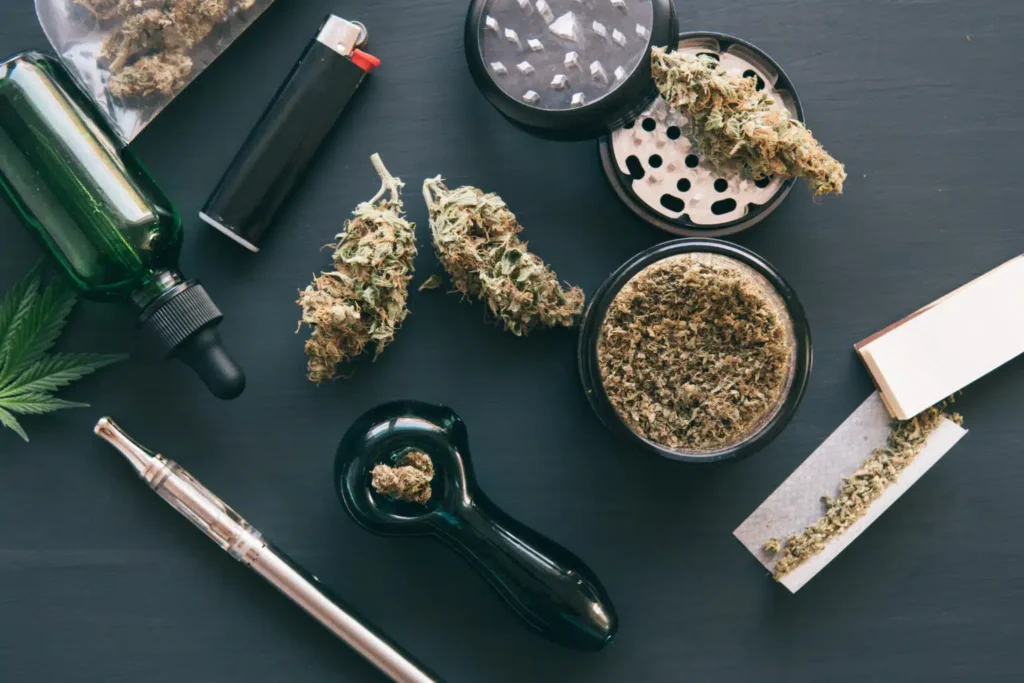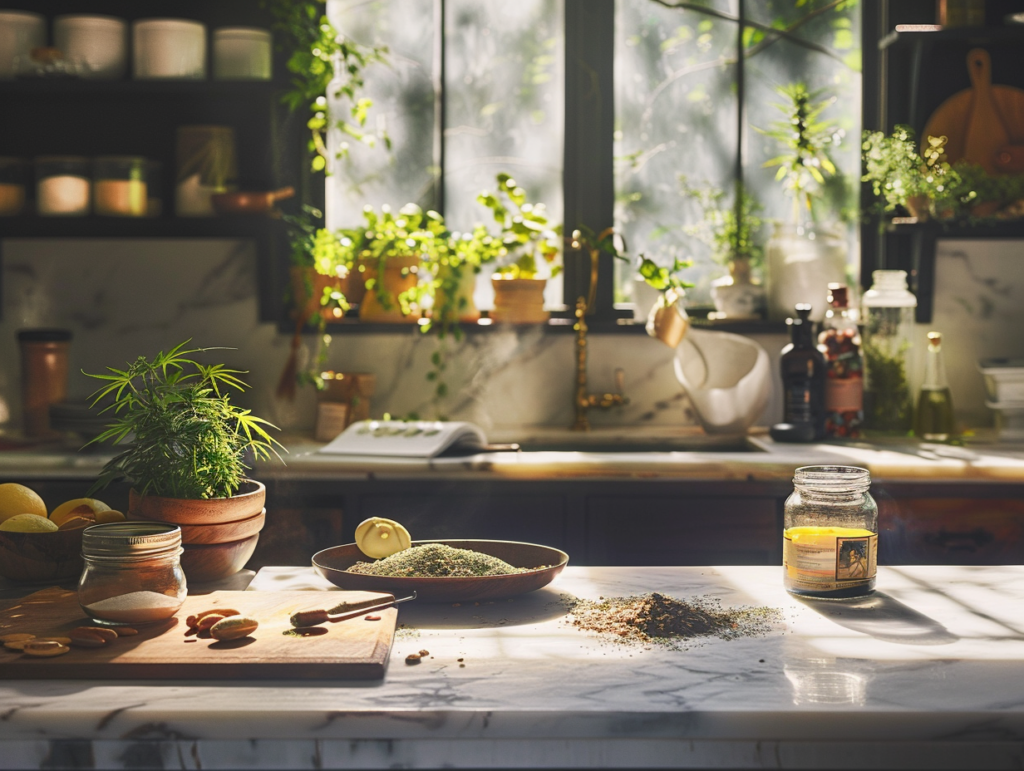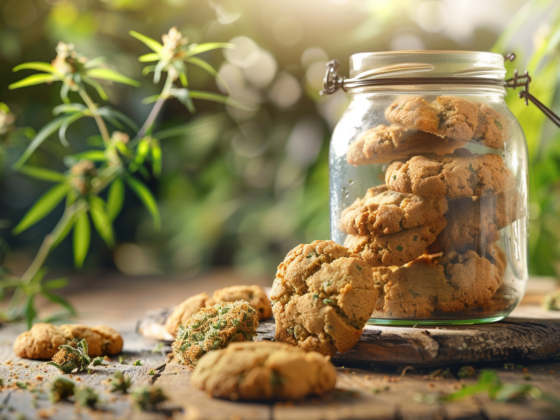Cannabis, with its myriad forms and uses, continues to intrigue and benefit users worldwide. From medicinal purposes to recreational enjoyment, understanding the optimal ways to consume cannabis is crucial for both newcomers and seasoned users. This guide aims to shed light on the most common queries surrounding cannabis usage, offering detailed insights and practical advice to navigate this green journey.
What are the different ways to consume cannabis?
Cannabis offers a spectrum of consumption methods, each with its unique onset time, duration, and intensity of effects. Understanding these can help you choose the method that best suits your needs and preferences.
- Smoking: The most traditional method, smoking cannabis involves inhaling the smoke from burning cannabis flowers. Devices used can range from hand-rolled cigarettes (joints) to pipes, bongs, and more. This method offers immediate effects but may not be suitable for those concerned about smoke inhalation.
- Vaping: A less harmful alternative to smoking, vaping heats the cannabis to a temperature that releases its active compounds in a vapor, avoiding combustion. Vape pens and desktop vaporizers are popular choices for their efficiency and reduced respiratory risks.
- Edibles: Cannabis-infused foods and beverages offer a smoke-free method of consumption. The effects of edibles take longer to manifest but can be more potent and longer-lasting than smoking or vaping.
- Tinctures: Cannabis extracts dissolved in alcohol or another solvent, tinctures are consumed sublingually (under the tongue). They are discreet, easy to dose, and the effects kick in faster than edibles but slower than smoking or vaping.
- Topicals: Cannabis-infused creams, balms, and lotions applied to the skin. Ideal for localized relief, topicals are popular for their therapeutic benefits without psychoactive effects.
- Capsules and Pills: These offer a precise dosage and a convenient way to consume cannabis, especially for medicinal users. Like edibles, their effects are delayed.
- Dabbing: Involving the vaporization of concentrated cannabis (dabs) on a hot surface, dabbing is known for its high potency and rapid onset of effects. This method is generally recommended for more experienced users.

Dosage Considerations
Start with a low dose and go slow when trying a new consumption method. Dosage can vary significantly between methods and individual tolerance levels.
Experimentation and Safety
Experiment with different methods to find what works best for you. Always prioritize safety, especially when trying more potent forms of cannabis like dabs or edibles.
How can I determine the right dosage of cannabis for me?
Understanding the right dosage of cannabis is pivotal for a positive and safe experience, especially for new users. The appropriate dosage can vary widely among individuals due to factors like body weight, tolerance, and the method of consumption.
- Start Low and Go Slow: Begin with the lowest possible dose. For edibles, this might mean a THC content of 2-5 mg. Wait to see how you feel before consuming more.
- Understand Potency: The potency of cannabis can vary significantly. Familiarize yourself with the THC and CBD content of your product to better anticipate its effects.
- Method Matters: The consumption method affects how quickly and intensely you’ll feel the effects. Inhalation (smoking/vaping) leads to quicker onset than ingestion (edibles/capsules).
- Keep a Journal: Documenting your experiences can help you refine your preferred dosage over time. Note the method, amount consumed, onset time, duration, and effects.
- Consult with Professionals: Especially for medicinal users, consulting with a healthcare provider or a cannabis specialist can provide personalized advice based on medical history and health goals.
- Consider Tolerance: Your tolerance will adjust over time. Regular users may require higher doses to achieve the same effects, while occasional users might find lower doses more than sufficient.
- Listen to Your Body: Pay attention to how your body responds to different dosages and methods. Some might experience discomfort or adverse effects at doses that others find enjoyable. Adjust accordingly to find your comfort zone.
- Legal Limits: Be aware of the legal possession limits in your area, as these can also guide your consumption choices.
- CBD to THC Ratio: Products with a higher CBD to THC ratio can offer less intense psychoactive effects, making them a good choice for those looking for relief without strong euphoria.
- Avoid Mixing with Other Substances: Until you’re very comfortable with your cannabis dosage, avoid mixing it with alcohol or other substances that can alter its effects.
In summary, determining the right cannabis dosage is a personal journey that involves understanding the factors affecting potency and effects, starting with low doses, and adjusting based on experience and tolerance. Safety should always be a priority, and when in doubt, consulting with a professional can provide valuable guidance.
Can cannabis be used in cooking, and how?
Incorporating cannabis into cooking has become a popular and enjoyable way to consume it, offering a smoke-free alternative with versatile applications. Whether for medicinal purposes or recreational enjoyment, cooking with cannabis requires some basic knowledge and preparation. Here’s how to get started:
- Decarboxylation: Before using cannabis in cooking, it must be decarboxylated. This process involves heating the cannabis to activate THC, CBD, and other cannabinoids, making them effective when ingested. Decarboxylation is typically done by baking the cannabis flower in an oven at a low temperature for a certain period.
- Choosing the Right Strain: The cannabis strain you choose will influence the flavor and effects of your dish. Some strains pair well with savory dishes, while others might be better suited to sweets. Consider the THC/CBD content and the strain’s terpene profile, which can add unique flavors.
- Cannabis Butter and Oil: Infusing butter or oil with cannabis is a common method for cooking with it. These infused bases can then be used in a variety of recipes, from baked goods to main dishes. Ensure to cook on low heat to avoid burning off the active compounds.
- Dosage Control: When cooking with cannabis, it’s crucial to control the dosage to prevent overconsumption. Start with small amounts of cannabis, and understand how its potency translates into the finished product. Remember, the effects of edibles take longer to manifest and can be more intense than smoking or vaping.
- Even Distribution: To ensure consistent dosing throughout the dish, thoroughly mix the cannabis-infused ingredient (like butter or oil) into your recipe. This helps prevent one portion of the dish from being more potent than another.
- Labeling: Always label cannabis-infused foods to prevent accidental consumption. This is especially important if you share a living space with others who might not want to consume cannabis.
- Storage: Cannabis-infused edibles should be stored properly to maintain freshness and potency. Airtight containers in cool, dark places are best. Be sure to keep them out of reach of children and pets.
- Experiment with Recipes: There are countless recipes online for cannabis-infused dishes, from simple baked goods to gourmet meals. Start with basic recipes and gradually experiment with incorporating cannabis into your favorite dishes.
- Non-Psychoactive Options: For those interested in the medicinal benefits without the high, cooking with CBD-rich strains or hemp-derived CBD oil is a great option.
- Respect for Others: Be mindful of others’ preferences and legal restrictions when cooking with cannabis, especially in shared spaces or at social gatherings.
Cooking with cannabis opens up a world of culinary possibilities, allowing users to experience the benefits of cannabis in delicious and creative ways. As with all cannabis consumption, moderation and responsible use are key to a positive and enjoyable experience.

Look for the Top 10 Cannabis Cooking Recipes
How do I store cannabis properly?
Proper storage of cannabis is essential to maintain its potency, flavor, and freshness. Whether you’re storing flower, edibles, concentrates, or other cannabis products, following best practices can significantly extend their shelf life. Here’s how to do it right:
- Avoid Light: Exposure to light, especially sunlight, can degrade the cannabinoids and terpenes in cannabis. Store your cannabis in a dark place or in opaque containers to protect it from light exposure.
- Control Temperature: High temperatures can dry out cannabis, affecting its quality and flavor. Conversely, too low temperatures can cause trichomes to become brittle and break off. Aim to store cannabis at a stable temperature, ideally between 60°F and 70°F (15°C to 21°C).
- Maintain Humidity: The ideal humidity level for storing cannabis is between 59% and 63% RH (relative humidity) to prevent mold growth and preserve its quality. Using humidity control solutions, like humidity packs designed for cannabis storage, can help maintain the right environment.
- Use Airtight Containers: Air exposure can speed up the degradation process, drying out your cannabis and diminishing its quality. Store cannabis in airtight containers, such as mason jars or vacuum-sealed bags, to keep it fresh.
- Separate Strains: If you have multiple strains, store them separately to maintain their individual flavor profiles and prevent terpene cross-contamination.
- Keep It Clean: Make sure your storage containers are clean and free from residue to prevent flavors from mingling and to ensure purity.
- Child and Pet Safety: Store cannabis products out of reach of children and pets to prevent accidental ingestion. Child-proof containers are an excellent choice for added safety.
- Label Clearly: Especially if you have different strains or types of cannabis products (such as edibles), label them clearly to avoid confusion and ensure proper usage.
- Avoid the Refrigerator or Freezer: While it might seem like a good idea, storing cannabis in the refrigerator or freezer can expose it to fluctuations in humidity and temperature, which can harm its quality. Freezing can make the trichomes brittle and prone to breaking off, while refrigeration can increase the risk of mold and mildew due to humidity fluctuations.
- Edibles Storage: Cannabis-infused edibles should be stored according to their specific food storage guidelines, in addition to being kept in airtight containers. For example, baked goods might be best stored in a cool, dark pantry, while chocolate might need refrigeration to prevent melting. Always check for and adhere to expiration dates, as edibles can spoil just like any other food.
- Concentrates and Oils: Cannabis concentrates and oils should be stored in air-tight, non-stick containers designed for this purpose. Silicone or glass containers are often recommended because they help maintain the integrity of the concentrate and prevent sticking.
- Vape Cartridges: For those using cannabis oil vape cartridges, it’s best to store them upright in a cool, dark place. This position helps prevent leaks and keeps the oil in contact with the wick to ensure consistent performance.
Proper storage not only extends the shelf life of your cannabis but also preserves its therapeutic and recreational qualities. Investing in the right storage solutions and being mindful of environmental factors can make a significant difference in your cannabis experience, ensuring that each use is as enjoyable and effective as the first.
Conclusion
In the ever-evolving world of cannabis, understanding your options for consumption, the differences between THC and CBD, cooking with cannabis, and proper storage practices are key to a fulfilling experience. Whether you’re new to cannabis or a seasoned user, knowledge about dosage, legal implications, and storage will ensure safety, compliance, and satisfaction.
Our guide has navigated through essential aspects, from consumption methods to culinary applications and storage tips, aiming to empower your cannabis journey. Embracing informed choices and responsible use is crucial as the cannabis landscape continues to grow. Prioritize safety, legality, and personal wellness as you explore the therapeutic, culinary, and recreational possibilities of cannabis. Let this concise overview serve as your compass in the vibrant world of cannabis, guiding you to informed and enjoyable experiences.



